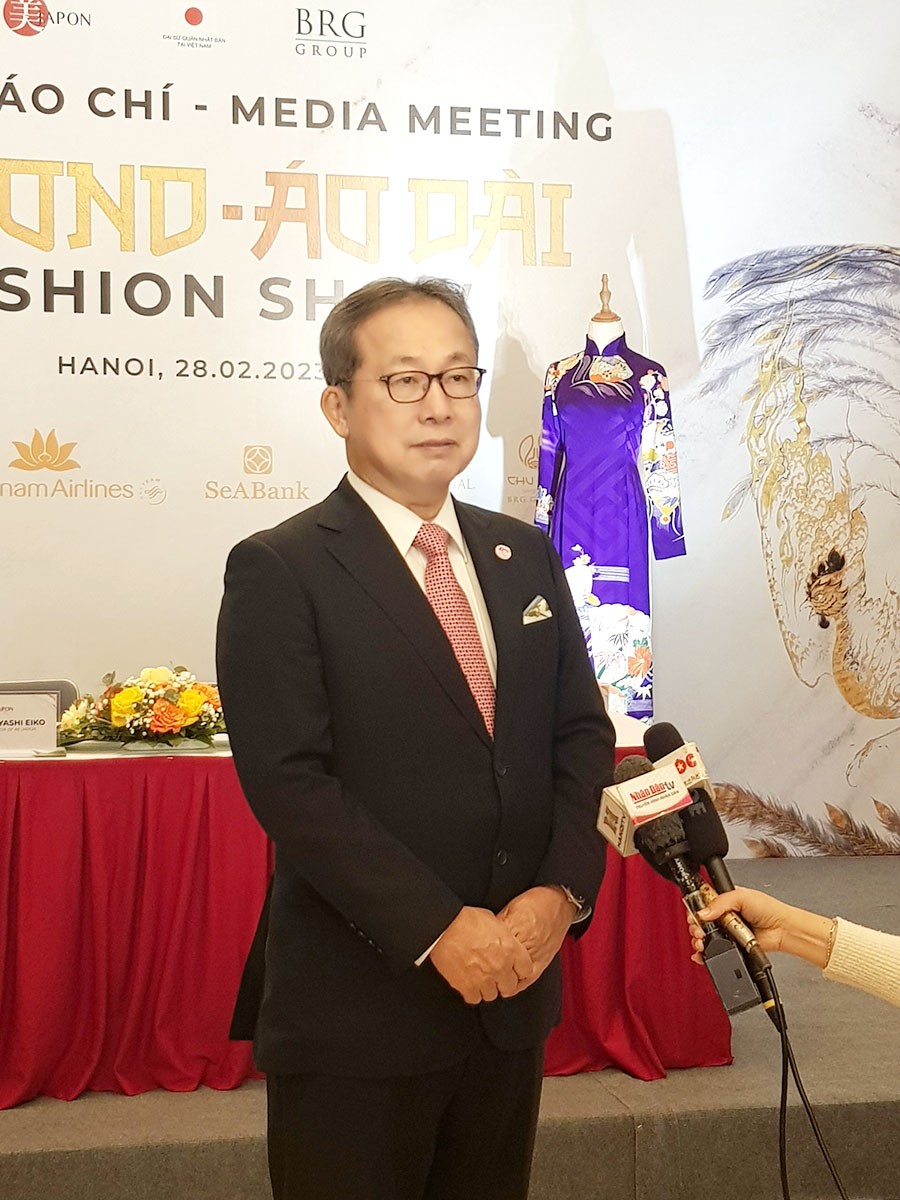
Tightening the Vietnam-Japan friendship through culture
Latest
How would you evaluate the Vietnam - Japan relationship over the last 50 years, especially in the field of culture?
Japan-Vietnam relations are at the best stage ever, reflected in the political and economic fields through specific examples such as Vietnam becoming an attractive investment destination for Japanese enterprises. The number of Vietnamese in Japan is currently about 500,000, increasing 10-fold in the last nine years and making positive contributions to the development of Japan.
 |
| Japanese Ambassador to Vietnam Yamada Takio. |
We want to create an opportunity for the people of the two countries to better understand the similarity and closeness in culture and history. Many cultural exchange programmes will be organised with the aim of conveying this message, further tightening the friendship of the two peoples and affirming that cooperation does not stop in the fields of tradition but expands into cultural fields.
Culture has many different angles, so why did you decide to choose a fashion show to open things?
I believe that fashion, particularly traditional clothes, are extremely assets culturally. While the ao dai is the national costume of Vietnam, the kimono is also known as a traditional Japanese dress. The similarity between them is that they both exalt the elegance and grace of Asian women. That’s why we chose the theme of for this event.
Through the delicate style and colourful designs of the designs, people can feel the similarities and aesthetic conceptions of the people of both countries.
What are your expectations for this initiative?
I hope the people of the two countries will understand the important values and aesthetic concepts between Vietnam and Japan through the show. The preparation process was not easy and the non-profit Be-Japon organisation had to gather top models and artists operating in many parts of the world to perform here. Finding a suitable venue for the show was also difficult.
However, thanks to the enthusiastic support of BRG Group, we quickly found a place, and director of Be-Japon Kobayashi Eiko had many similarities with BRG chairwoman Nguyen Thi Nga in terms of thoughts and ideas, making the organising more convenient.
Was there a special reason you decided to invite designer Eiko to collaborate in this event?
It is a very valuable opportunity to introduce and promote Japanese culture to the Vietnamese public through valuable kimonos.
During my time as Japanese Ambassador in France, I was fortunate to attend a show by designer Eiko at UNESCO’s headquarters. To introduce Japanese aesthetic perspectives through the kimono, I thought that no-one could be more suitable than Kobayashi, so I suggested that she accompany this initiative.













